
Why Clothing Brands Fail
Top Different Types of Shirts for Women and Men Top Different Types of Shirts for
The Evolution of Jacket Styles from Tradition to Innovation
The journey of jackets began with simply being outerwear to help protect us from bad weather, but now they become a story of who we are and how we show ourselves. Jackets were first about keeping warm and being protected, especially for the workers, travelers, and soldiers. Today, jackets represent personal style, social movements, and cultural identity.
In the modern style, jackets are more than practical items; they gracefully keep the practicality. More than 70% of people consider jackets an essential outfit for them. While purchasing a jacket, you are buying a fabric and choosing something that could satisfy you formally and casually. Such popularity shows that brands must pay attention to what consumers want while focusing on style and function. As we discuss the evolution of jacket styles, we’ll analyze the transition from simple to trendy designs. We will explore emerging trends, such as gender-neutral designs, technology integration, and eco-friendly materials transforming the jacket market. As a consumer becomes more selective, it is necessary to understand this shift for a brand to succeed.
Jackets started from clothing for working purposes to luxury stuff for the wealthy. Now, that shows how critical it is to adapt and transform with change in fashion. Brands that recognize this evolutionary track can learn from history to start creating their stories for their new audience. Highlight durability, think about the customizing factor, and let your brand’s exceptional voice shine out to relate to your customers. This story of jackets continues on!
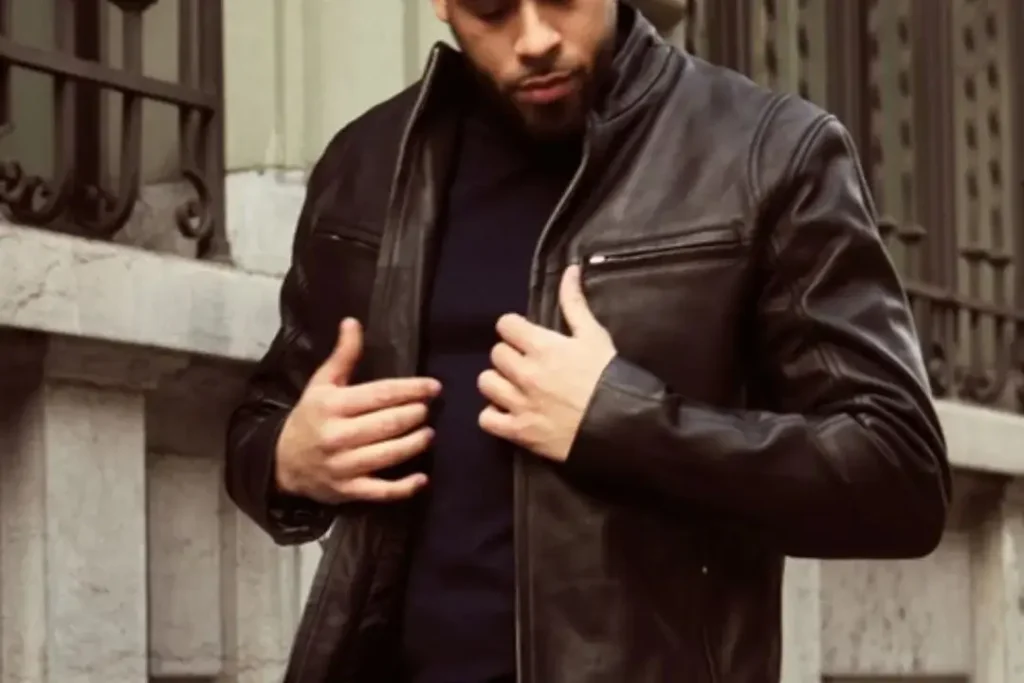
Let’s look back at where jackets came from. Imagine ancient soldiers facing bad weather while protecting their castles. Their only defense against the rain and wind was a strong, simple piece of clothing. This is how jackets began. They were made mainly for soldiers and workers to keep them safe and warm, not for style.
Examples:
The fabric was really important. Soldiers needed something tough, warm, and had good airflow. The outerwear market was valued at $118 billion in 2022 and is expected to rise further as more people seek practical and versatile jackets. B2C brands can learn from this history. The first lesson is that durability matters. If you’re making jackets, high-quality, practical materials can appeal to your audience. It’s a matter of mixing the past with what modern consumers want: strong and stylish jackets.
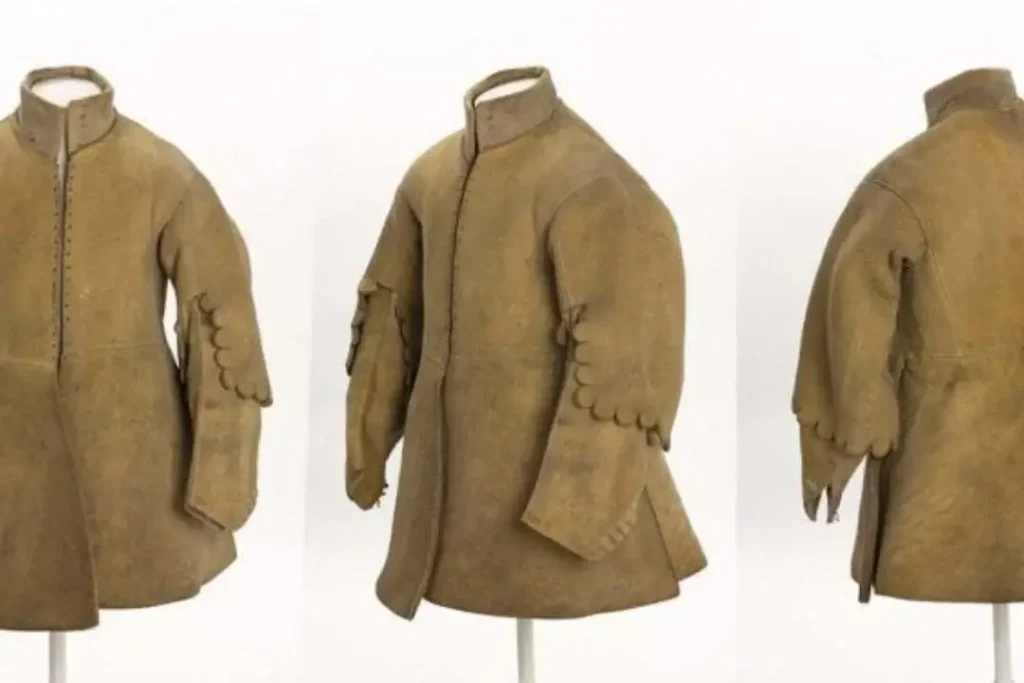
In the Victorian era, jackets changed from simple work clothes to signs of wealth and style. This was when tailored jackets were created, changing the game. They were no longer just for workers or soldiers; they became significant for the rising middle class.
According to an item from Harpers Bazaar, jackets meant more than simply clothing. They symbolized social status. As the late 19th century progressed, many middle-class customers demanded custom tailoring, resulting in several shops focusing on such tailoring.
This shift reveals how people’s mindset about clothing changed. For B2C professionals today, knowing the demand for customized alternatives can define your brand. Modern consumers like customized and quality control manufacturing jacket products, just like the rich people of the Victorian era.
From the 1920s to the 1950s, when jackets transformed fashion. Two leading styles emerged the trench coat and the bomber jacket. Both were originally designed for war needs but evolved into emblems of style and strength.
The trench coat was worn by soldiers and fashionable people during World War I. Made of strong cotton, these coats protected against bad weather and became fashionable for everyday wear. People wore them while walking in the city or parks. They were not only jackets; they combined functionality with style.
The bomber jacket also has an interesting story. It was originally designed for pilots to keep warm at high altitudes. After the war, it gained popularity in civil fashion through the wearing of stars like James Dean and Marlon Brando. The leather jacket symbolized youth, rebellion, and rejection of traditional norms.
A study from The Fashion History Museum discovered that leather jackets grew 500% in popularity in the 1950s, proving their high influence on culture. It shows how good styling can leave a mark. If you are a brand, then think about how the history of these jackets can support marketing sharing stories of classic designs can make long for customers today.
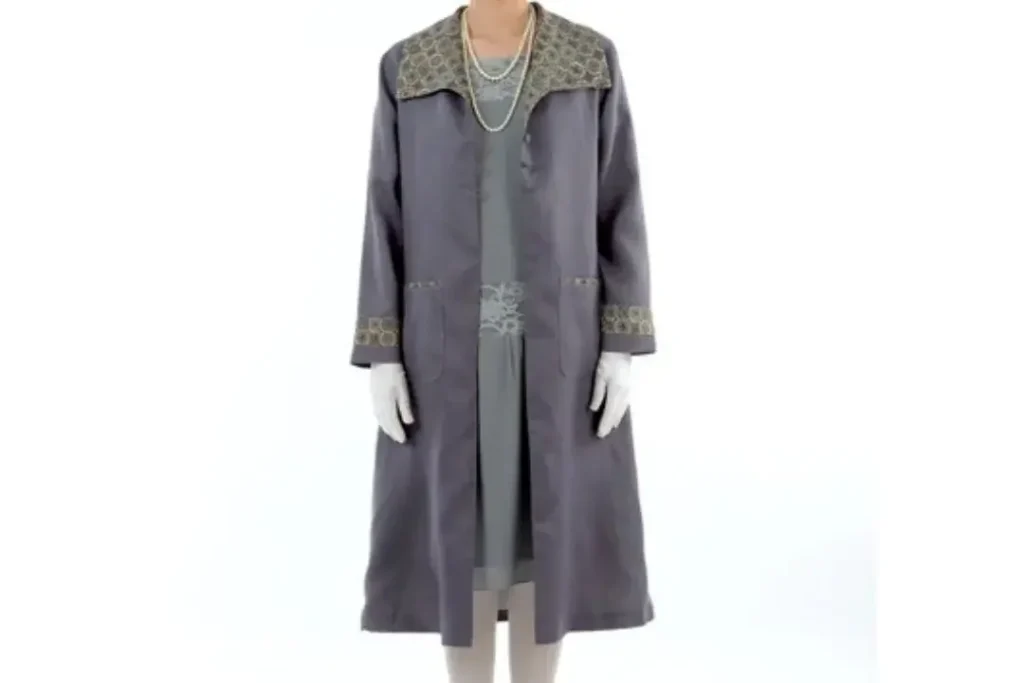
From the 1960s through the 1980s, jackets started to change histrionically. This was a time of trying new things, influenced by rock and counterculture movements. Studded and fringed designs became very common, showing the boldness and creativity of this time.
Consider the inferior movement. Jackets with studs or patches showed individuality and uprising. Bands like The Ramones and Pistols changed music and how we saw fashion. These jackets were more than just clothing; they represented a lifestyle.
At the same time, lightweight nylon sports jackets were also available. These jackets were ideal for young people who wanted comfort and style. They were always in bright colors and patterns. These jackets were perfect for beach parties and music festivals, balancing casual wear with eye-catching designs.
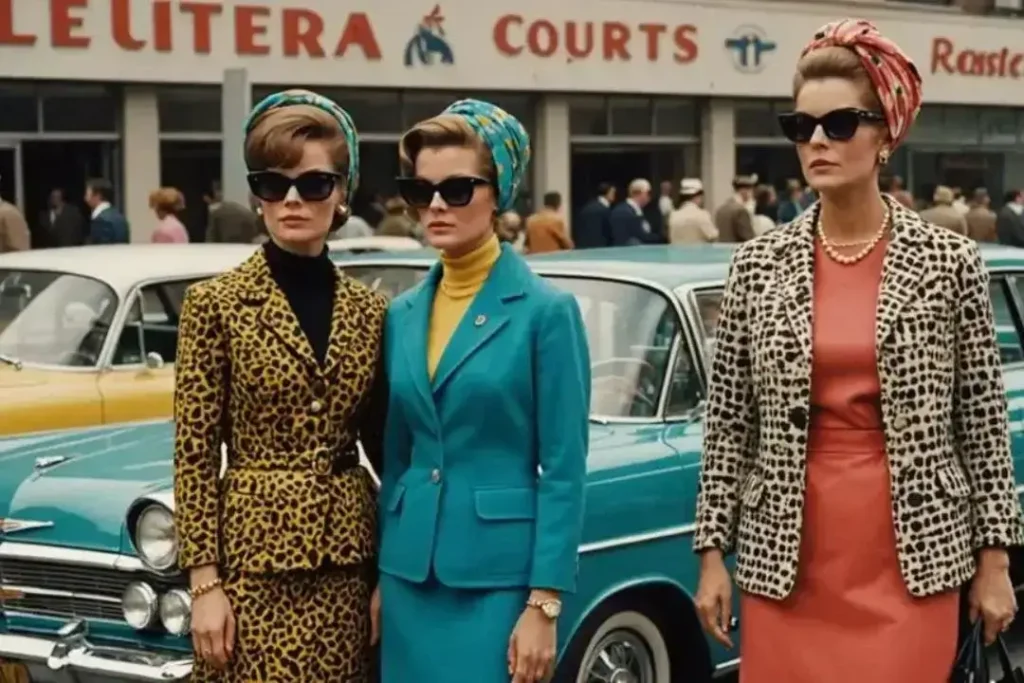
Now, we look at the 1990s to the 2010s, the era of longing and reimagining fashion. Old styles come back, often with a new twist. Think oversized denim jackets with crop tops or classic windbreakers reminding us of simpler times.
However, with this era came the also very popular style of minimalism, emphasizing clean lines and soft colors. Simple yet stylish designs by the brand’s Theory and Eileen Fisher collide with an agreement in modern working professionals who are after both chic and functionality.
This period also introduced urban fashion, during which oversized jackets became widespread. From hip-hop to streetwear, jackets represented more than just comfort; they represented personal style. Market research from MarketWatch indicates that the global market for streetwear could top $185 billion by 2025, indicating there is still a lot of interest in urban styles.
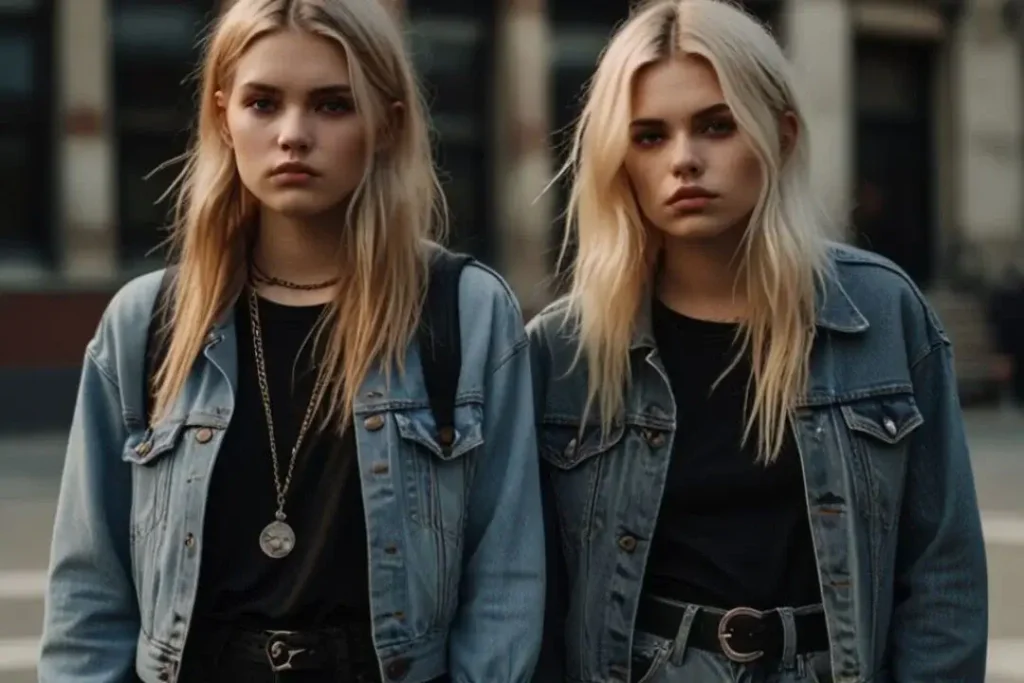
New designs on jackets will make the clothing industry very interesting. As already seen, materials used now come in very high quality with performance and, most particularly, practices friendly to nature, targeting the conscious consumers. These are opportunities your brand will see.
The latest innovations material in jacket design become apparent as we understand how new materials and technology shape jackets. Today, men want jackets that are useful as well as stylish.
First, we discuss waterproofing technologies and breathable fabrics. These new ideas have turned jackets into high-performance wear. Consider hiking on a rainy day and staying completely dry and warm inside your jacket. It’s all possible because materials like GORE-TEX keep the water out but let the sweat out.
According to research, 65% of outdoor lovers think that weather protection is very significant in purchasing jackets. So, if you have a brand, use these advanced fabrics in your products. This will meet the requirements of your customers and increase their experience.
Thermal insulation: the ability to be warm without being massive. New, light materials for insulation have led to materials like Thinsulate, so you stay warm in your jacket during cold weather not too heavy. Here’s a place where a brand can shine.
Now, let’s talk a little about smart fabrics. They are changing games! Just think of jackets that can warm you up on cold nights or track your activity or heart rate with sensors. The expected market for smart clothing will reach $6 billion by 2025, so do not miss this. Developing or partnering with smart jackets can make brands look modern and attract newer consumers.
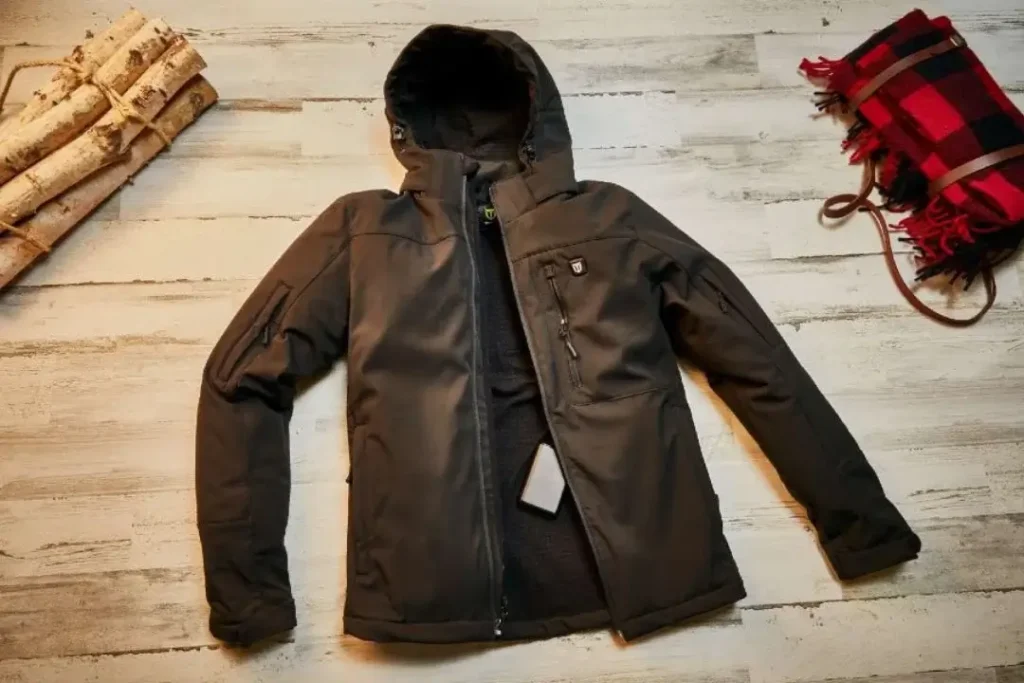
In the modern world of being ecological, it doesn’t matter how old you are. Lots of customers want to buy from brands that care about this issue. Let’s see in detail how you can progress towards being a more ecological firm by following eco-friendly jacket practices.
Begin with jackets made from recycled fabrics and biodegradable materials. Brands now use old plastic bottles and waste to make jackets, which helps lessen trash. For instance, Patagonia has recycled polyester in many of its jackets, leading to sustainable fashion. A recent survey showed that 87% of consumers believe brands should be more eco-friendly. Ignoring this could mean losing customers.
You can even explore biodegradable. Imagine a jacket that degrades at the end; what an excellent conversation piece! They meet modern consumer desires and guarantee your brand has a cleaner image of being a responsible company.
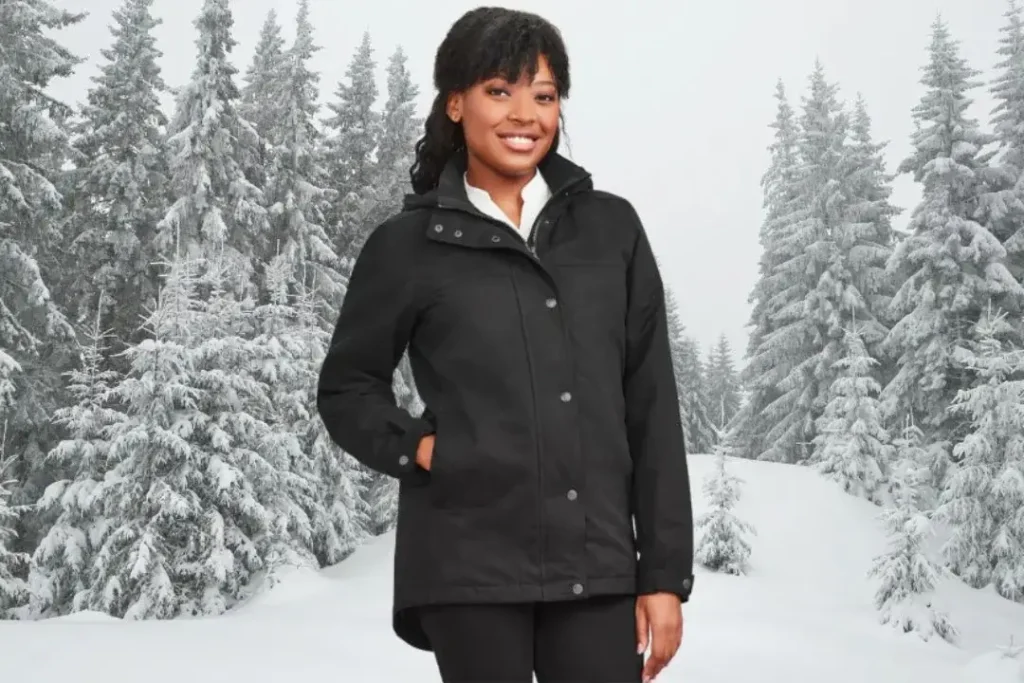
For now, we will talk about jackets’ diverse and bright cultural heritage. For decades, styles have only progressed with the effect of original garments and embracing cultures at their best. Don’t you ever wonder how adaptations like kimonos and sherwanis became the style in modern-day attire? These styles hold beautiful heritage, identity, and even craftsmanship.
For instance, kimonos are not only stunning dresses; they personify hundreds of years of Japanese heritage. Designers have now begun to integrate the look of a kimono with modern tailoring to make well-designed jackets that have a touch of elegance and history attached to them. The magnificence of a sherwani, worn during South Asian weddings, is being reimagined for the modern man’s wardrobe and even as a statement piece for women. That design rightly exemplifies how cultural clothing pieces can create global trends even while deepening the understanding of diverse backgrounds.
Now, let’s talk about globalization. It has become a big thing for regional styles to combine so that the fashion world can have a collective leap. That is a goldmine of pearl when approached concerning a B2C brand. According to research from McKinsey, 75% of Gen Z is ready to pay more if products are culturally authentic.
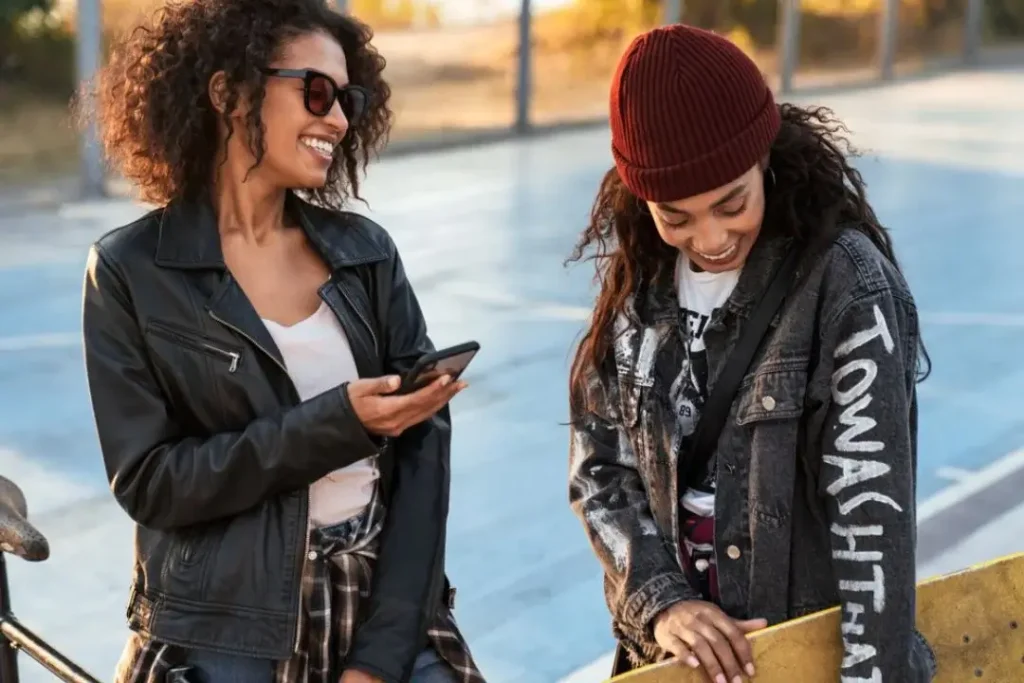
At, the magic of pop culture! Jackets have often taken center stage in films and music to become identical with uprising, charm, and individuality. Think James Dean and his red coat in “Rebel Without a Cause”? That one wasn’t just making a fashion statement but a statement of the 1950s youth revolution and individualism. And those characters, with those wardrobes, could spark trends that echo and resonate for years to come.
Who forgets Michael Jackson’s electrifying red leather jacket in “Thriller”? The jacket didn’t just give away scenes; it became a symbol of pop culture history. These cultural moments highlight the power of jackets to convey strong messages.
Celebrities continue to play a significant role in shaping jacket trends today. The world takes notice when icons like Rihanna or Harry Styles step out in exceptional jackets! What they wear can send shockwaves through the fashion industry, turning trending styles into must-have items almost overnight.
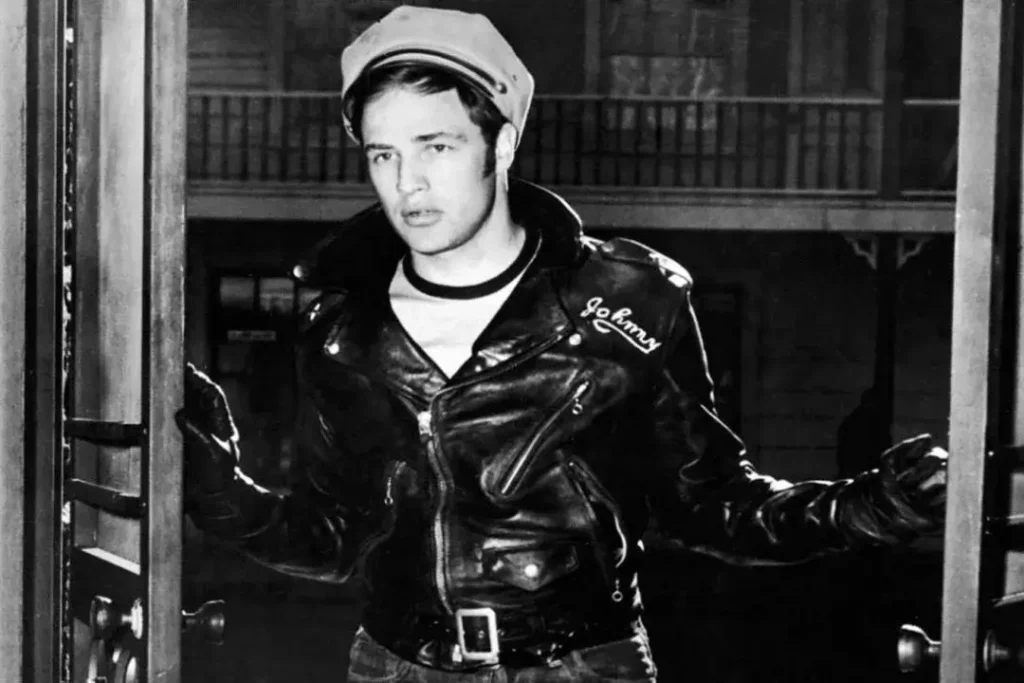
The fashion world of jackets changes daily. Therefore, the only way B2C brands can succeed is by being flexible enough to keep up with trends. As a result, you must learn how to adapt trends to a brand image that can survive long enough in the business. Here are easy tips for success.
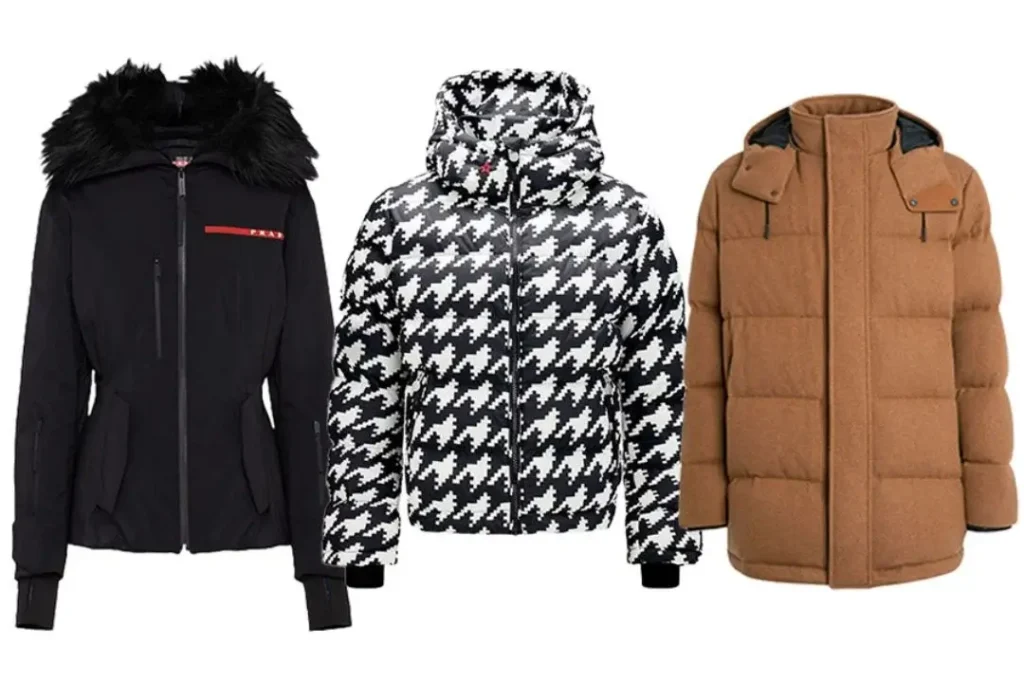
First, knowing your audience is significant. You must understand which jacket styles your customers like to do well today. Matching your designs with what customers want is crucial to gaining their interest.
Also, consider tech lovers. Smart fabrics or jackets that can charge a phone are already in demand. Think about designing a jacket that looks good and also regulates body temperature! Knowing what modern consumers care about-sustainability, usefulness, or tech features gives them what they want.
Now that we have understood your audience, let’s discuss how to make your brand stand out. Creating a strong brand identity can help you connect with your customers.
Offering custom jackets is the most prominent way to make jackets stand out from the rest. Customization via embroidery or patches makes them feel personal, giving them an edge over the person’s style. According to research, 64% of consumers prefer purchasing products that can be customized to their choice; hence, utilizing this trend would really bring in the results!
Also, use storytelling in your designs. Every jacket has a story, whether inspired by a culture, made from sustainable materials, or special workmanship. Customers will feel connected to your brand when they learn the story behind your jackets. You can also work with your jacket manufacturer to help you design a unique brand identity.
For instance, if you produce jackets with the help of your jacket manufacturer, tell the world where those materials come from and how purchasing that jacket will help the planet. Engaging stories about your products attract eco-conscious customers and establish loyalty.
When we think about how jackets have changed over time, it is evident that they combine use, style, and culture. They began as practical items and have become essential fashion pieces connecting with people today. Jackets are now more than just for warmth; they permit people to express themselves and show their culture. This history of the evolution of jacket styles is significant for your brand to understand, as it affects what you sell and how you market your products. At the moment, people are interested in stylish and valuable jackets. Customers look for products that represent their values, be it eco-friendliness, flexibility, or any other; the brand can make the most of this by being innovative and in trend. Consider collaborating with designers to create styles for different types of people or researching new materials that are more environmentally friendly. Today would be a good time to take your current strategy and think over new trends and technologies to define future jackets. Feel free to add innovative features or options for customers to customize their jackets. This way, you can make products your customers will love and help your brand stand out in a crowded market. The jacket industry is full of opportunities and new ideas; take action. Fresh concepts and trends await you; the evolution of jackets means something, but it doesn’t mean a thing for those brands that are ready to change and lead with purpose. So, get ready, be innovative, and make your mark in this exciting industry.
Jacket styles like trench coats, bombers, and leather jackets have already been trending for a long time.
The above methods are how brands may serve to change customer needs, including eco-friendly methods, making space for custom designs, and, most importantly, using new technology.
Innovative fabrics, recycled material, and high-performance stuff such as Gore-Tex and eVent form vital jacket-making materials.
Expert Custom Clothing Manufcaturer

Top Different Types of Shirts for Women and Men Top Different Types of Shirts for

What You Must Know About Clothing Samples? Before You Produce a Single Garment: What You

How Much Does It Cost To Make a Hoodie A Complete Cost Breakdown for Custom

Discover the Types of Buttons Discover the Types of Buttons That Transform Style and Functionality
Most Recent Posts
Expert Custom Clothing Manufcaturer
Join our Mailing list!
Get all latest news, exclusive deals and updates.